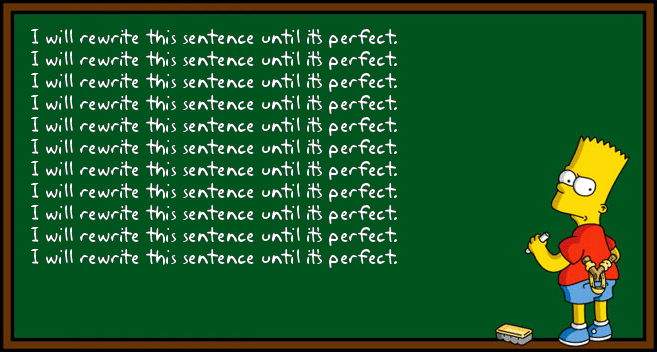Hey there, wordsmith. I see you finished your first draft. Congratulations! That makes you a better writer than 83% (Pew Poll, 2013) of those polled in the greater "Adam's Bedroom" area.
Finishing your first draft also puts you in the prime position to start the editing process. As we've covered before, editing is where the real writing happens. This is where you discover the theme, uncover plot threads left dangling, and really hone in your characters. Editing is life.
And all of that begins with the Second Draft.
So how are you supposed to start? During the first round, you had limitless possibilities for content. You could have written fantasy or historical fiction or a war drama. The sky was the limit. Now, however, you already have most of the story done. You've written words. You've committed.
Or have you?
Did you know that, in the first draft of Star Wars, Han Solo was a rabbit? Or that the main character was named Starkiller? Or that Darth Vader was actually the Death Star's accountant, Saul Faverman?
Okay, that last one was fake.
Second Drafts reveal the mistakes of the first, and you are not locked into those mistakes. In fact, this is just your first chance to fix them. As you go through the story, red pen that shit! Identify the failures and celebrate the successes. And if you suddenly realize that the whole thing needed to start with a submarine chase, you WRITE THAT SHIT IN!
The only difference between a first and second draft is that you don't have to start from scratch (unless it's a page-one-rewrite, but that's more of a new first draft).
Start looking at the problems your characters face. Are they big enough? Are the stakes high enough? Does the action ramp up appropriately? Do you need an Ed Harris character to vamp endlessly about a scene?
Your first draft is just the opening cuts into a lump of clay. You get the basic shape and idea of the piece, but there is a lot of junk left on. Now you break out the sharper tools. Carve that bad boy into a masterpiece.
